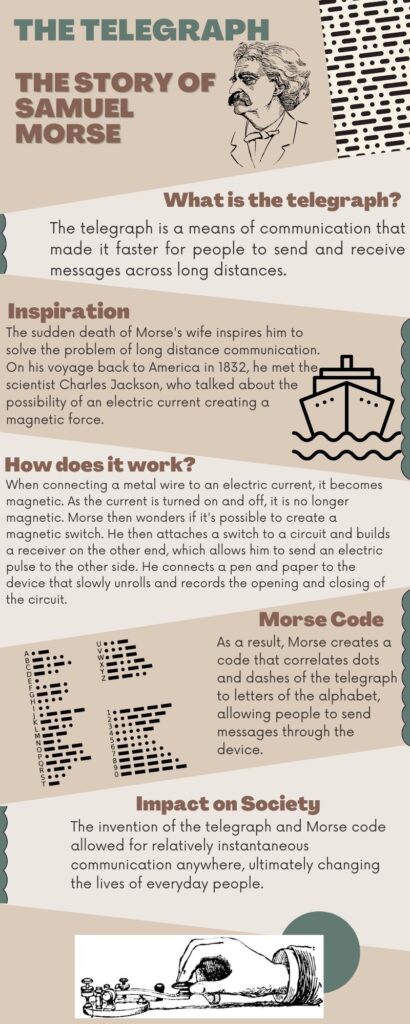The two introductions I decided to read were The Information: A History, A Theory, A Flood by James Gleick and Media Technology and Society by Brian Winston. I found that these two articles were very different from each other in many ways. Winston approaches the topic much more theoretically, making it difficult to fully understand at times. While Gleick’s article reads more like that of any other history article, it is easy to follow and understand the points he is trying to make.
Winston sets up the article by talking about what an information revolution really means and argues that ‘revolution’ is the wrong word to use. He goes on to state that “there is nothing in the histories of electrical and electronic communication systems to indicate that significant major changes have not been accommodated by preexisting social formations” (Winston, 2). This statement made me think about how technology has changed over time and its impact on people. Specifically, I think that Winston is trying to say that before there were telephones, people wrote letters, etc., and therefore who are we to say that their forms of communication were ineffective or that new inventions resulted in a revolution. Throughout the article, he uses a model to explain his points, which I found interesting. I would like to discuss this more in class so I can better understand his model.
Gleick’s article explains that information is at the forefront of the world, as it is what everything is based on. He discusses how the transistor came about by John Pierce at Bell Labs and how it sparked a “revolution in electronics” (Gleick, 3). Moving forward, he talks about Claude Shannon and the invention of the word “bit” to quantify information. With this, he compares the information revolution to the scientific revolution, which I thought was an interesting way to explain how the information age has impacted the world around us. My favorite statement in the article is, “We have information fatigue, anxiety, and glut” (Gleick, 11). This makes me want to explore this idea of “information fatigue” and what it means for our society today.
Gleick, James. The Information: A History, a Theory, a Flood. New York: Pantheon, 2011.
Winston, Brian. Media Technology and Society: A History From the Telegraph to the Internet. Re-issue. London: Routledge, 1998.
